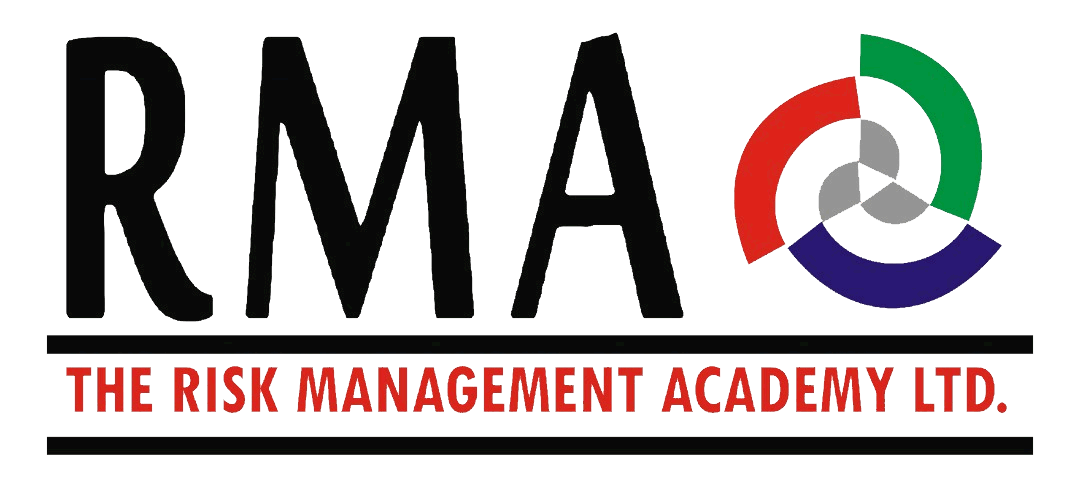The Certified Market Risk Professional is for all those who want to improve their knowledge and skills in Market Risk Management.The following can apply:
- CROs
- Market Risk Professionals
- Treasurers/Dealers
- ERM professionals
- Risk Managers, etc
Course Content
Introduction • Overview of current markets and fallout from the credit crunch • The basics of risk management – What is it? What isn’t it? • Identification, measurement and management of risk • Market risk • Credit risk • Operational risk • Other risks • Valuation, mark to market and accruals, banking book/trading book split • What do we mean by manage? • What is risk management trying to achieve? • Regulation vs. risk management – Aren’t they trying to do the same thing?
Market Risk in Banking • Importance of basic control processes • Mark to market, mark to model other valuation • Profit and loss monitoring • Limits • Assets and liability (inventory) control • Organisational culture and structure • The tone set by senior management • Staffing and experience • The importance of systems • Banks vs. other corporate entities – Why are they different?
Risk Management Tools for Market Risk • Defining a returns process for a price series • Modelling the returns process • Asset/liability size and equivalents • Sensitivities of positions to market moves – The concepts of delta and DV01 • Arbitrage principles for pricing and sensitivities – Forward pricing and probability
Portfolio Market Risk Tools • Aggregation of positions – From the many to the few • Portfolio effects from correlation and diversification • Composite risk measures • VaR and other portfolio risk models
VaR and Its Short-Comings • Variance-Covariance • Historic simulation • Monte-Carlo • Limitations of approaches • Handling specific risk • Problems with illiquid assets • Changes in volatility and covariance assumptions • Why might “Expected Shortfall” be better? • What might the “Fundamental Review of the Trading Book” bring?
Adjuncts to the VaR Tools • Using scenarios to identify “problem” positions • Stress testing – What is it and how does it help?
New Products and New Challenges • How do we incorporate new products? • Breaking down the components of risk • Use of models • Incorporating into existing system and not-in-system trades for reporting • How do we cope with non-modelable risk? • How do we cope with risks not in VaR?
What Can Derivatives Tell Us About Market Risk? • Implied volatility, skews and smiles – What do they mean? • Fat tails and market instabilities • What do real returns look like? • How should we adjust measures?
Incorporating Derivatives into Market Risk Portfolios • How non-linear instruments distort returns distributions • The effect on confidence intervals for VaR estimation • How Greeks sensitivities are a necessary addition to normal risk measures such as VaR Integrating OTC derivatives into combined market and credit risk framework using Monte-Carlo Simulation
Market Risk for Fund Managers • Why is Fund Management different? – traditional fund manager vs. hedge funds • The role of benchmarks and mandates • Alpha, Beta, Information and Sharpe Ratios – What do they tell us? • Benchmark relative risk • Non linear beta effects – managing liquidity risk for funds – how do investors get in and out? – why is it easy to be misled by a good track-record?
The Role of Back Testing for VaR • Explaining the sources and sinks of profit and loss from risk measures • Back testing process – Clean, dirty and hypothetical P&L • Exceptions – How many is too many or too few? • Model hypothesis testing • Effects of auto correlation • The role of Extreme Value Theory (EVT) for tail correction
Market Risk Capital • The evolution of Basel capital requirements for market risk • The 1996 market risk amendment and introduction of internal models • Quantitative and qualitative aspects of model recognition • Defining market risk capital and qualifying capital types – Tiers 1, 2 and 3 • Recent developments such as liquidity risk and leverage limits – What is Basel III bringing? – what will the FRTB (aka Basel IV) bring?

